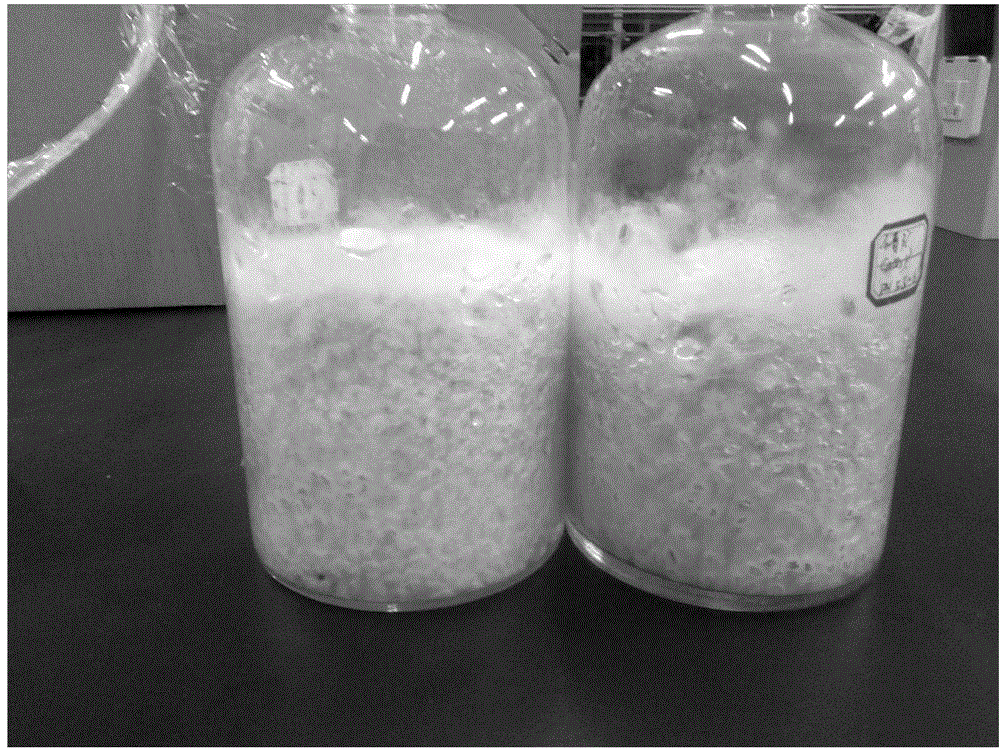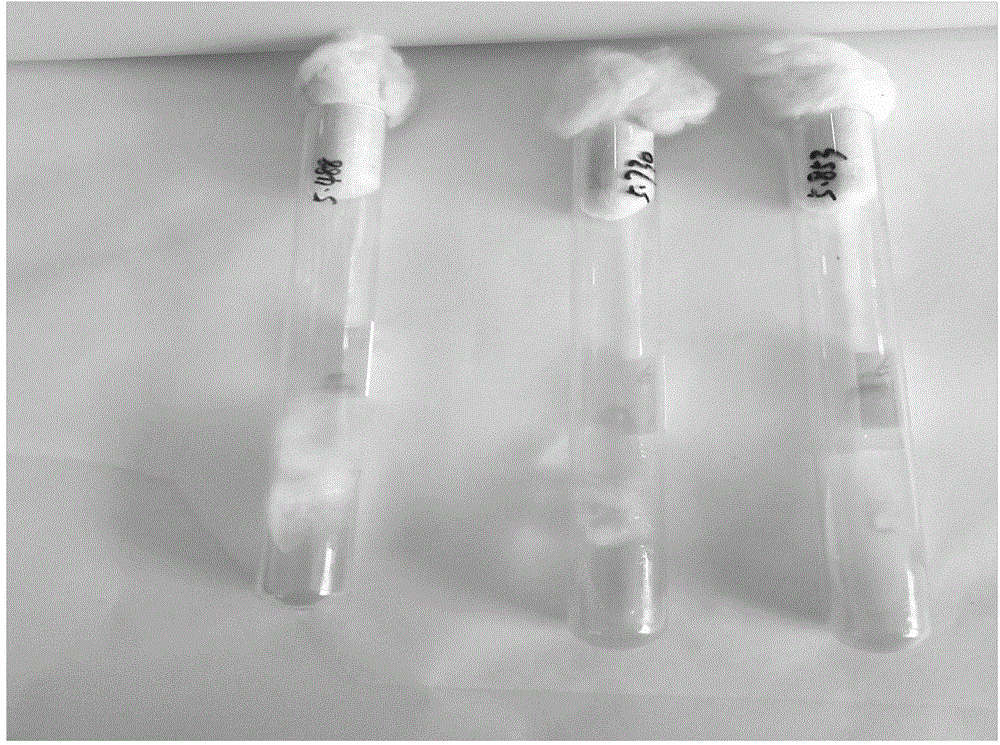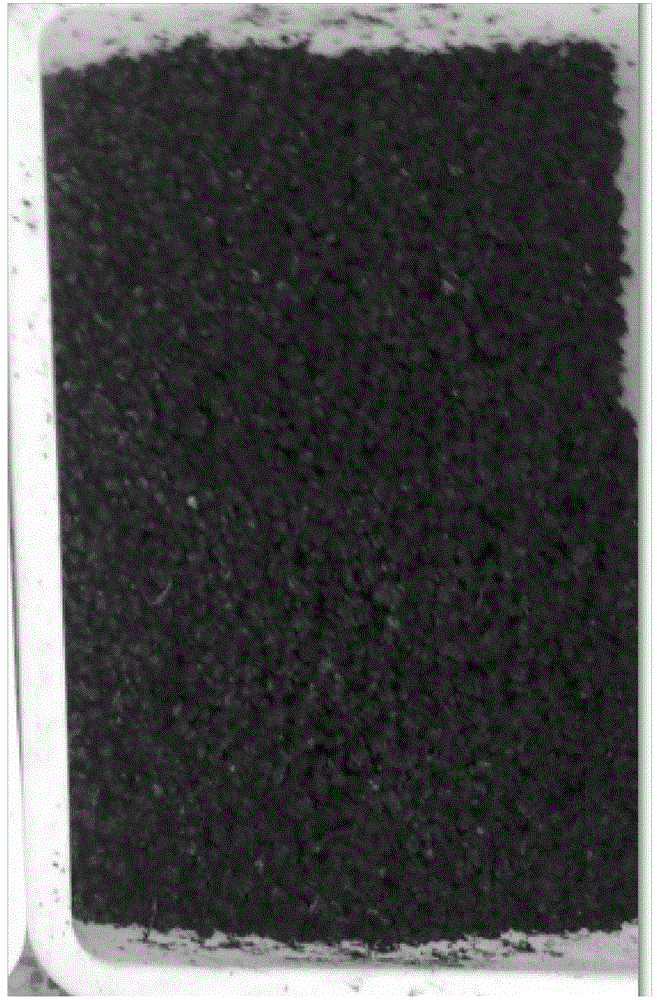Agaricus mushroom cultivation method in northeast region via fermentation substrate taking corn core and cow dung as main material
A fermentation substrate and corn cob technology, which is applied in the field of cultivating Brazil mushrooms, can solve the problems of low biological conversion rate, corn cobs, cow dung polluting the environment, and the unstable growth of Brazil mushrooms.
- Summary
- Abstract
- Description
- Claims
- Application Information
AI Technical Summary
Problems solved by technology
Method used
Image
Examples
specific Embodiment approach 1
[0020] Specific embodiment one: a kind of fermentation substrate based on corn cob and cow dung of the present embodiment cultivates the method for Brazilian mushroom in the northeast region, and it is to realize according to the following steps:
[0021] 1. Cultivation of mother species mycelium: Inoculate the strain of Agaricus mushroom to be cultivated in PDA medium, and cultivate at 25°C for 13 to 15 days to obtain mother species mycelium;
[0022] 2. Cultivation of the original mycelium: inoculate the mother mycelium obtained in step 1 on the wheat grain culture medium, and cultivate it in the dark for 15 to 20 days at a temperature of 25° C. to obtain the original mycelium; wherein, wheat The grain culture medium is prepared as follows: after mixing 98% of wheat grains by mass, 1% by mass of lime and 1% by mass of gypsum, it is sterilized at 121°C for 2 hours to obtain the product;
[0023]3. Preparation of production material: add water to the fermentation material to m...
specific Embodiment approach 2
[0024] Embodiment 2: This embodiment differs from Embodiment 1 in that the wheat grains in step 2 refer to the wheat grains after cleaning, soaking in clear water, soaking in 1% lime water and boiling to sterilize. Others are the same as in the first embodiment.
specific Embodiment approach 3
[0025] Specific embodiment three: the difference between this embodiment and specific embodiment one or two is: the corncob in the step 3 refers to the corncob that is crushed to a diameter less than 2cm, and the cow dung refers to the fresh cow dung that is dried in the sun Or dried cow dung after being decomposed in winter. Others are the same as in the first or second embodiment.
PUM
| Property | Measurement | Unit |
|---|---|---|
| diameter | aaaaa | aaaaa |
| diameter | aaaaa | aaaaa |
| water content | aaaaa | aaaaa |
Abstract
Description
Claims
Application Information
 Login to View More
Login to View More - R&D
- Intellectual Property
- Life Sciences
- Materials
- Tech Scout
- Unparalleled Data Quality
- Higher Quality Content
- 60% Fewer Hallucinations
Browse by: Latest US Patents, China's latest patents, Technical Efficacy Thesaurus, Application Domain, Technology Topic, Popular Technical Reports.
© 2025 PatSnap. All rights reserved.Legal|Privacy policy|Modern Slavery Act Transparency Statement|Sitemap|About US| Contact US: help@patsnap.com



